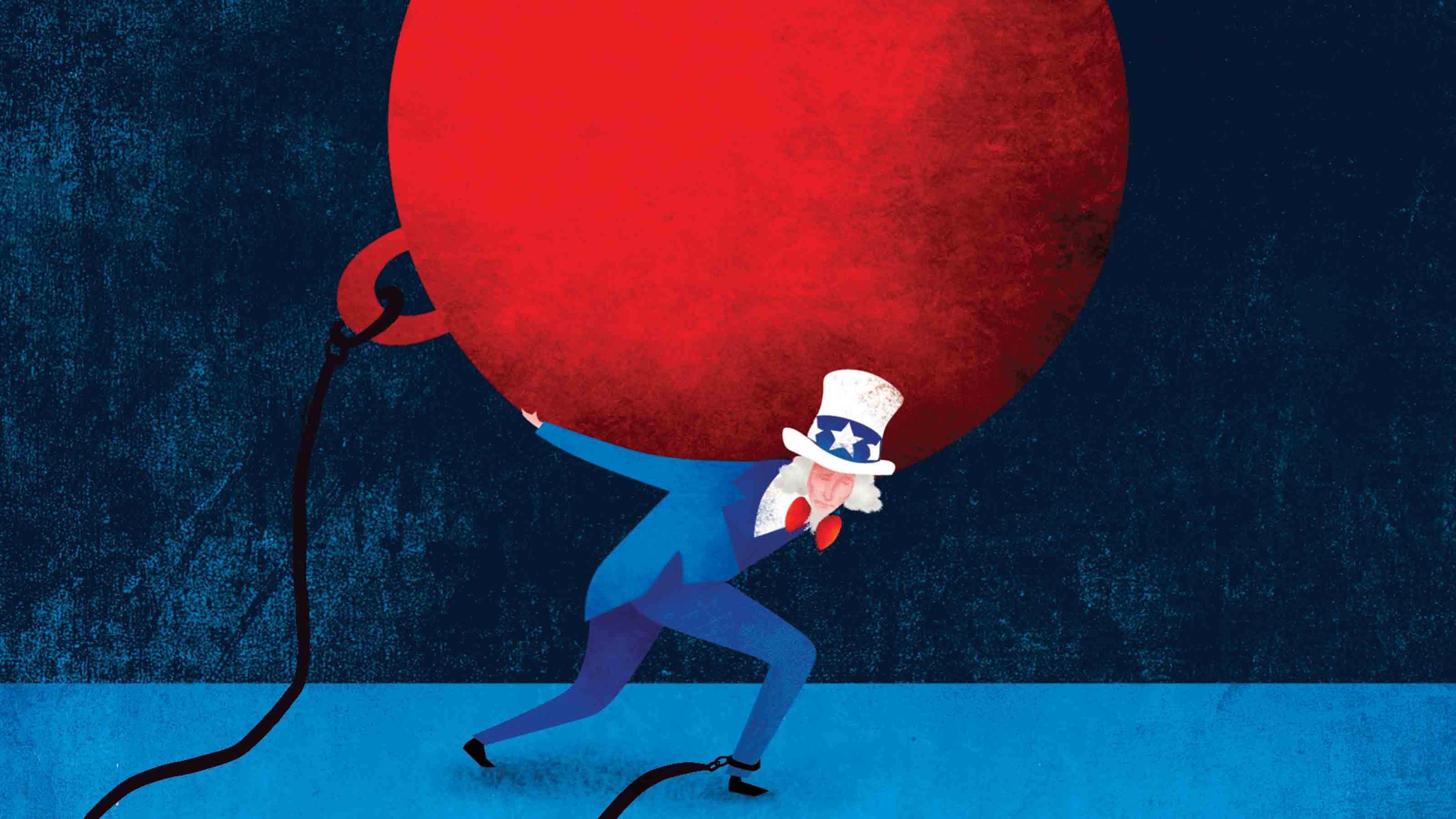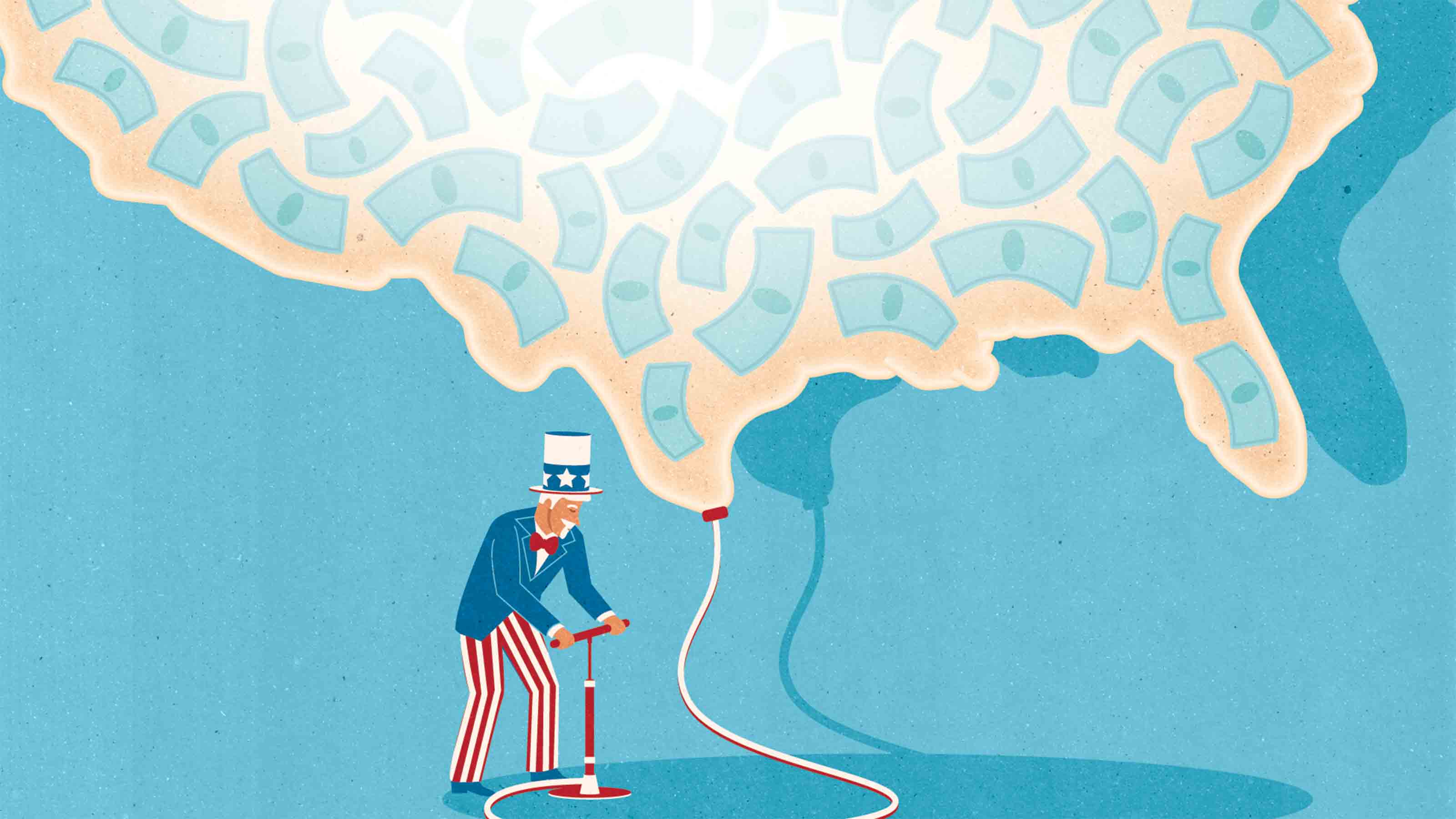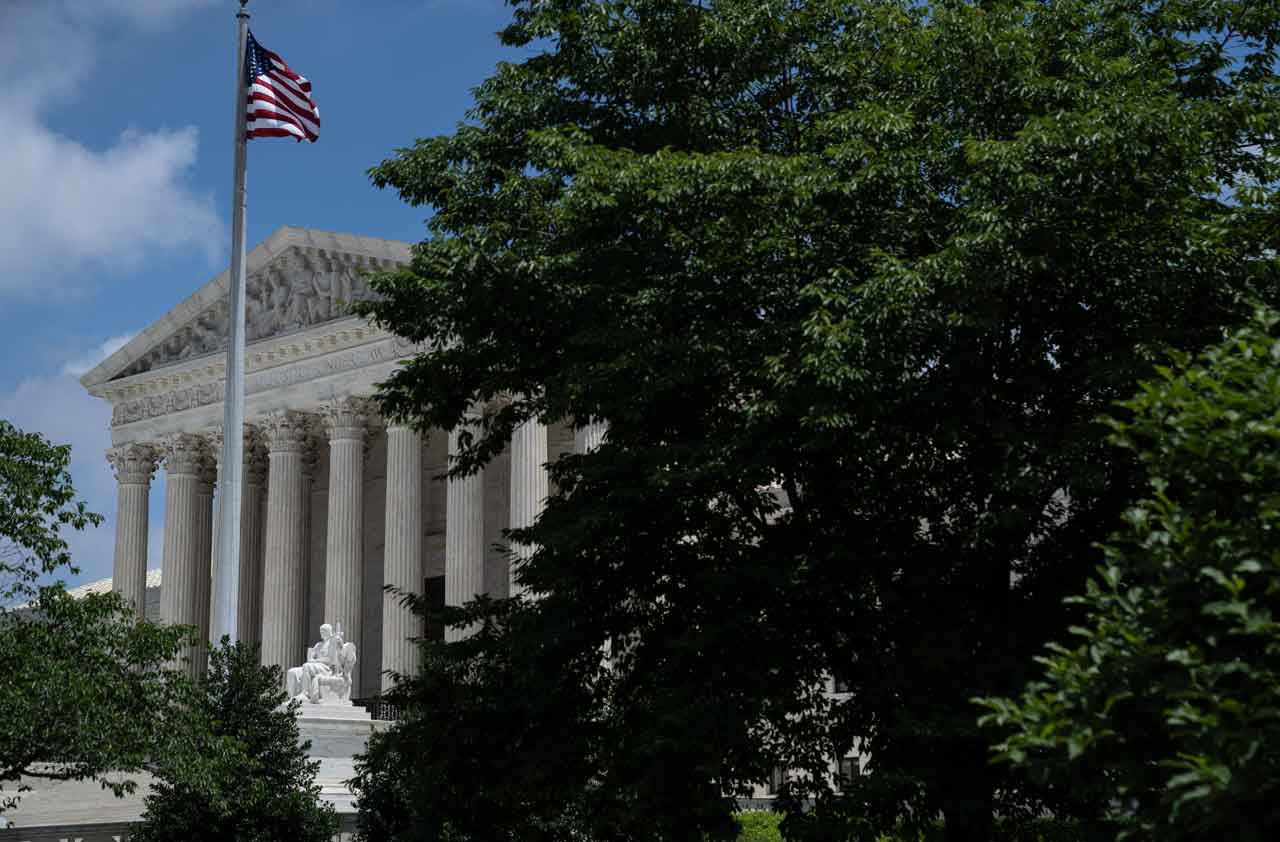Joblessness: Becoming a Long-Term Problem?
The number of Americans out of work for a full year or longer reached an all-time high last year. It's declining now, but very slowly. The cost to both those out of work and those who are employed is high.
Long-term unemployment used to be a relatively minor problem for the U.S. Until recently, those out of work beyond the 26-week maximum for unemployment insurance accounted for less than 10% of the total number of unemployed, though during the recovery from the 1981-1982 recession, the figure rose to 26%.
SEE ALSO: What Will Be the Jobs of Tomorrow?
In the wake of the Great Recession, the figure has risen to a record 45.5% of all Americans who are unable to find work. A stunning 31.3% of those unemployed in 2011 were out of work for a full year or more -- more than double the 1983 peak of 13.3%.

Sign up for Kiplinger’s Free E-Newsletters
Profit and prosper with the best of expert advice on investing, taxes, retirement, personal finance and more - straight to your e-mail.
Profit and prosper with the best of expert advice - straight to your e-mail.
The average length of time that a laid-off worker remains out of a job was 40.8 weeks last December, compared with 19.2 weeks in 1983 and less than 10 weeks in the late 1960s. The Labor Department’s report for last month shows the average duration of unemployment at 39.7 weeks. For the first time, long-term unemployment here is matching European levels.
Moreover, many of the really long-term unemployed are about to lose a major part of their safety net. When the 2008-2009 recession began, Congress extended federal jobless benefits to 99 weeks. Though lawmakers renewed the program last February, they ordered states to begin paring it gradually, starting now. The extension will disappear at year-end, reverting to the previous standard of 26 weeks, unless Congress once again acts.
Neither state nor federal governments are likely to save as much as that cutback implies. Trimming back the 99-week maximum for jobless benefits will cut federal costs for unemployment insurance, but it will increase outlays for other programs, since more of those caught in the squeeze will apply for food stamps or federal disability payments. Applications for disability benefits already are soaring because of the slump.
That’s one reason Congress may end up backpedaling when the issue comes up later this year, possibly trimming the maximum to 35 weeks or so. But that would still leave at least 3.8 million long-term jobless persons without unemployment benefits. There’s no guarantee that lawmakers will agree to that, and any vote may be delayed until after the election.
In social terms, the consequences of long-term unemployment seem plain. Besides the loss of income, jobless workers face a powerful stigma: Anecdotes suggest that employers prefer to hire people who already have jobs or lost them recently, fearing that those out of work for long periods are rusty and hard to retrain.
In addition, some workers find that their self-confidence and job-seeking skills have eroded. Many who eventually do get new jobs find they must accept slots that pay notably less than those they held before they were laid off. Some undergo retraining for lower-wage occupations and have to start their new careers at reduced pay.
But economic studies show no definitive conclusions -- about either the consequences for workers’ job prospects or the budget impact of reducing the maximum eligibility period for jobless insurance. Indeed, some argue that making jobless benefits available for too long reduces the incentive for recipients to take other jobs sooner.
Economists point to several reasons for the sharp increase in long-term unemployment. The 2008-2009 recession was the steepest in postwar history, and jobs dried up quickly. The slump was caused mainly by a financial collapse, which has a more lasting impact than traditional downturns spawned by excess inventories.
Plus the recovery was impeded by the housing debacle, which left workers more debt-burdened and less able to move to a different job market. In some localities, workers simply don’t have the skills that employers need. Company medical insurance costs are soaring. Baby boomers are aging and find it hard to get jobs if they’re laid off.
There is no quick fix for the long-term unemployment problem. The only surefire remedy is to spur enough job growth to absorb those who have been out of work for long periods, and that isn’t likely to happen until the economy picks up substantially. Right now, the recovery is weak -- and losing momentum. Hiring is stagnant again.
As a result, lawmakers are caught in a dilemma: If slashing benefits now could hurt the economy, since out-of-work families would have less to spend on a wide range of products, is it better to wait and cut unemployment benefits later, when the economy is churning out enough jobs to accommodate the unemployed?
Or if, as the European experience suggests, letting workers either become addicted to government benefits or become so discouraged that they stop looking for work saps the quality of the labor force and works to the disadvantage of employers as well as workers, is it better to bite the bullet now rather than spawn a large class of the permanently unemployed?
The worst outcome would be for the nation to accept a higher rate of long-term unemployment as normal and abandon efforts to spur more job growth, dooming itself to a smaller labor force, higher social costs and fewer people to pay taxes.
Get Kiplinger Today newsletter — free
Profit and prosper with the best of Kiplinger's advice on investing, taxes, retirement, personal finance and much more. Delivered daily. Enter your email in the box and click Sign Me Up.

-
 Designing Your 'Immortal' Financial Plan
Designing Your 'Immortal' Financial PlanExplore an approach that offers solutions for those navigating the intersection of longevity, fulfillment and financial security.
By Dennis McNamara
-
 How to Protect Your Privacy While Using AI
How to Protect Your Privacy While Using AIHow to keep your information and finances safe while using AI, including ChatGPT and Perplexity.
By Bob Haegele
-
 Federal Debt: A Heavy Load
Federal Debt: A Heavy LoadEconomic Forecasts The debt continues to grow, but record-low interest rates could ease the long-term damage.
By David Payne
-
 How the Fed's Moves Affect You
How the Fed's Moves Affect YouEconomic Forecasts It’s pumping trillions of dollars into the economy and keeping rates near zero. Savers are sunk, but borrowers get a boost.
By David Payne
-
 U.S. Manufacturing Is Already Ailing from Coronavirus
U.S. Manufacturing Is Already Ailing from CoronavirusEconomic Forecasts Supplies are hard to come by, and in the longer-term demand may be at risk.
By David Payne
-
 Consumers Will Feel Impact of Rapidly Falling Interest Rates
Consumers Will Feel Impact of Rapidly Falling Interest RatesEconomic Forecasts Mortgage and car loans will experience the most significant dips, while some holders of Treasuries may get a slight boost.
By David Payne
-
 Will You Have to Pay More Sales Taxes on Your Online Purchases?
Will You Have to Pay More Sales Taxes on Your Online Purchases?business One thing’s for sure: Consumers who live in one of the five states without a sales tax won’t be affected by the Supreme Court’s ruling.
By David Payne
-
 What to Expect From the New Fed Chief
What to Expect From the New Fed ChiefEconomic Forecasts By and large, Jerome Powell will move along the path set by his predecessor.
By Lisa Gerstner
-
 How a Border Tax Would Affect You
How a Border Tax Would Affect YouBusiness Costs & Regulation A plan to limit imports could raise prices but also create more jobs.
By Sandra Block
-
 A Housing Shortage Looms: Builders Can’t Keep Up
A Housing Shortage Looms: Builders Can’t Keep Upbusiness Starter homes especially are becoming scarce.
By David Payne